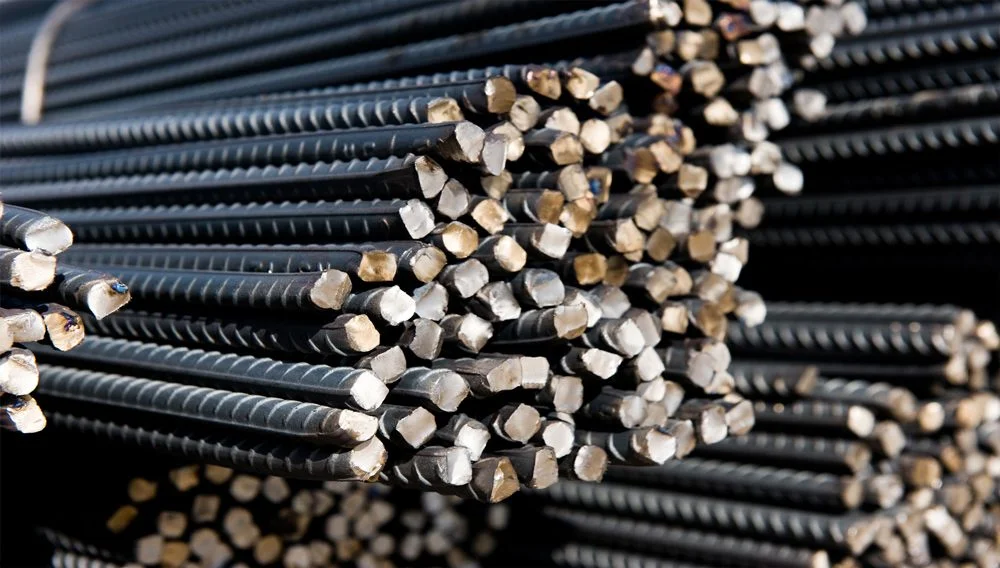Views: 0 Author: Rachel Wynn Publish Time: 2025-04-25 Origin: Site











The number of steel bars in one bundle is determined primarily by the diameter of the bars, with standard 12-meter lengths. Smaller diameter bars result in higher quantities per bundle, while larger diameters yield fewer bars. For example, a typical bundle may contain approximately 144 bars at 6 mm diameter, 91 bars at 8 mm, and 11 bars at 32 mm. These quantities are standardized for efficient handling, transportation, and inventory management. Accurate knowledge of bundle counts is essential for cost estimation, procurement planning, and construction execution.
A steel bar bundle is a standardized grouping of reinforcing bars (rebar) tied together by the manufacturer or supplier for easy transport and handling. These bundles typically contain rebars of identical diameter and length. Bundling makes loading, unloading, counting, and invoicing more efficient.
While the concept seems straightforward, the number of bars per bundle isn’t universal—it varies depending on several factors.
The most important factor that determines the number of bars in a bundle is the bar diameter. The larger the diameter, the fewer bars in the bundle due to weight and volume limitations.
Here is a commonly used standard based on 12-meter-long bars:
| Bar Diameter (mm) | Bars per Bundle | Approximate Weight (kg) |
|---|---|---|
| 6 mm | 144 | ~135 |
| 8 mm | 91 | ~210 |
| 10 mm | 71 | ~290 |
| 12 mm | 52 | ~450 |
| 16 mm | 34 | ~750 |
| 20 mm | 25 | ~1,180 |
| 25 mm | 16 | ~1,500 |
| 32 mm | 11 | ~2,200 |

Smaller diameter bars weigh less and take up less space, so more bars can be packed in each bundle.
Most bundles are based on 12-meter bars, but if you’re ordering custom lengths, expect the bundle count or weight to change accordingly.
Different countries follow different codes. For example, ASTM standards in the U.S. may differ from BS standards in the UK or GB standards in China. Always check the standard before ordering.
Some suppliers use fixed bundle weights; others follow fixed bar counts. If your project requires exact quantities, always confirm with the manufacturer beforehand.
If the bundle weight and bar diameter are known, you can estimate the number of bars using this formula:
Number of Bars = Bundle Weight ÷ Unit Weight of One Bar
For example:
A 12 mm steel bar weighs approximately 10.66 kg (for 12 meters).
If the bundle weighs 555 kg, then:
555 ÷ 10.66 ≈ 52 bars
This formula helps when checking supplier documents or estimating custom requirements.
Understanding steel bundling helps professionals:
Accurately calculate the quantity of steel needed
Estimate project budgets and material costs
Plan for transportation and storage
Avoid under- or over-ordering
In major projects, even a small miscalculation in steel quantity can lead to significant delays and costs.
Always confirm bar diameter, length, and quantity with your supplier.
Ask for the steel grade and manufacturing standard (e.g., ASTM A615, BS4449).
Request a mill test certificate for quality assurance.
For exports or large orders, clarify bundling method (fixed count vs. fixed weight).

What is the standard length of steel bars in a bundle?
Most steel bars come in 12-meter lengths as standard, but shorter or longer sizes can be custom ordered.
Can I request a specific number of bars per bundle?
Yes. Many suppliers can accommodate custom bundling if you're ordering in bulk or need specific packaging for export.
How much does a bundle of 16 mm bars weigh?
A bundle of 16 mm bars typically weighs between 750–800 kg, depending on the number of bars included.
Are bundling standards the same globally?
No. Bundling standards vary by region and supplier. Always confirm local standards (ASTM, BS, IS, GB) when ordering internationally.
How do I convert bar quantities to tons for budgeting?
Use this formula:
Total weight (tons) = Number of Bars × Unit Weight ÷ 1000
This is especially useful when comparing prices or calculating transportation costs.
The number of steel bars in a bundle depends primarily on bar diameter and length, with common bundles ranging from 11 bars (for 32 mm) to over 140 bars (for 6 mm). Understanding how bundles are structured gives you greater control over cost, planning, and delivery logistics.






